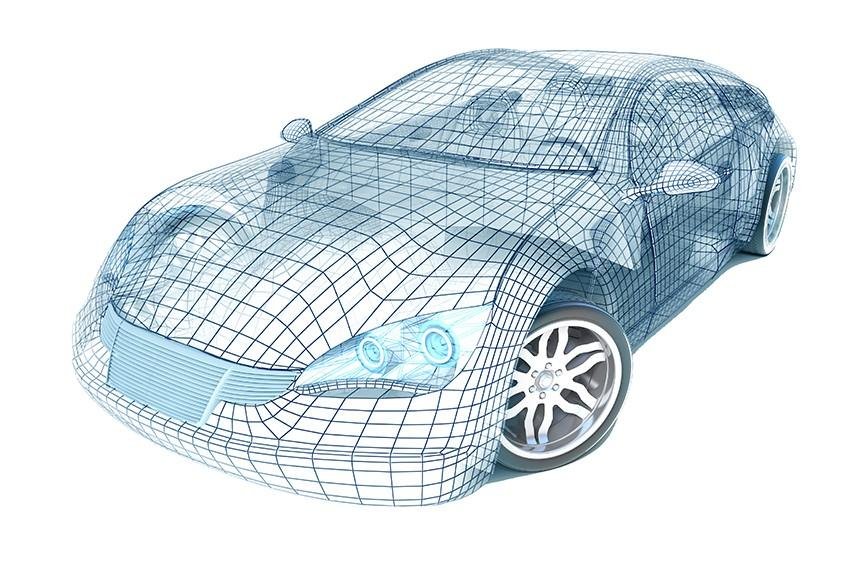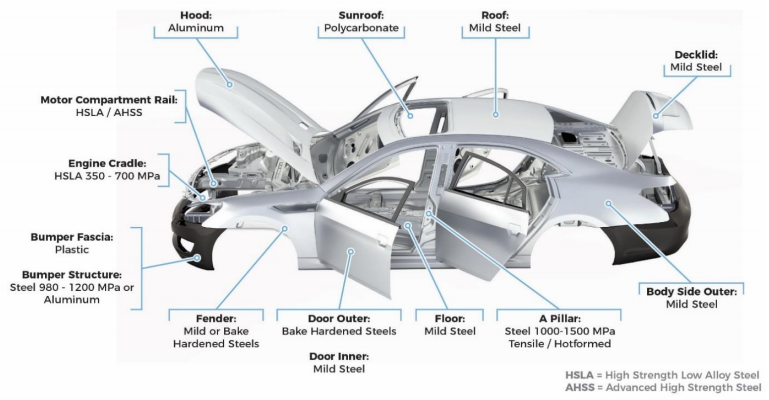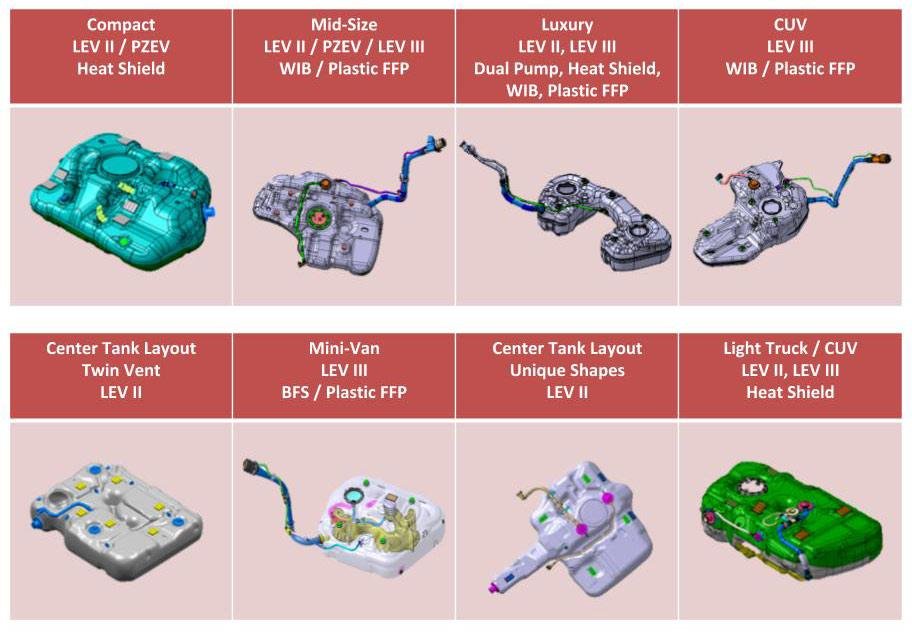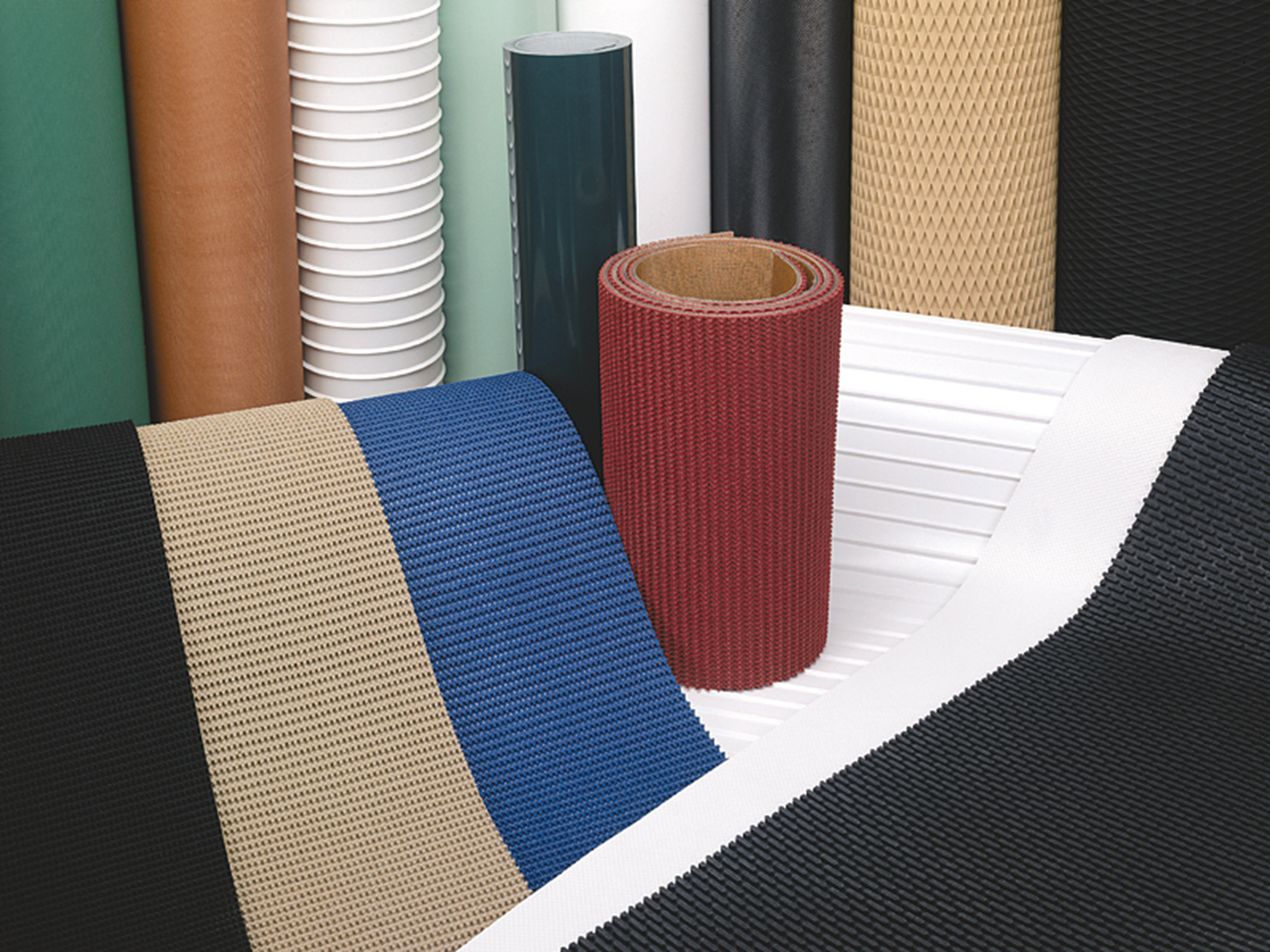
Xiaomi SU7 Ultra Car Goes Viral: A Masterpiece of Lightweight Design
Recently, Xiaomi’s new car, the SU7 Ultra, has taken the internet by storm. Beyond its high performance, the vehicle’s 24K gold carbon fiber emblem and 21 optional carbon fiber components have caught the attention of many.
The SU7 Ultra features a 1.7-square-meter carbon fiber roof, reducing weight by 11 kg. Moreover, with 21 carbon fiber components throughout the car and a total carbon fiber area of 5.5 square meters, the vehicle weighs only 1,900 kg. The extensive use of carbon fiber significantly reduces body weight and enhances the car’s rigidity and safety, embodying a perfect balance of lightweight and high-performance design.
In fact, many automakers are optimizing lightweight design, and composite materials are playing an increasingly diverse role in vehicle construction. Today, let’s explore the art of automotive lightweighting.

Why Is the Automotive Industry Adopting Lightweight Materials?
In the automotive industry, lightweight design is crucial for reducing energy consumption and carbon emissions. Replacing 10% of metal materials with lightweight alternatives can reduce the overall vehicle weight by 5%, shorten braking distances, improve driving safety, enhance handling and acceleration, and reduce emissions. Studies show that for every 10% reduction in vehicle weight, fuel consumption in gasoline vehicles can decrease by 6%–8%.
Lightweight automotive materials include high-strength steel, lightweight alloys, and polymer composites, accounting for 10%–15% of total vehicle materials. Among these, polymer composites—due to their low density, excellent performance, ease of processing, and recyclability—have gained significant industry attention. The concept of “replacing steel with plastic” has become a major trend in upgrading automotive components.
For new energy vehicles (NEVs), carbon fiber composites offer unparalleled strength-to-weight and stiffness-to-weight ratios. In the event of a collision, carbon fiber reduces the risk of shattering and significantly improves vehicle safety. Its density is far lower than steel and aluminum, allowing for a 40%–60% reduction in overall vehicle weight, leading to lower fuel consumption and greater stability at high speeds.

What Materials Are Used for Lightweight Vehicles?
1. Carbon Fiber
Carbon fiber is at the core of lightweight design for high-end vehicles due to its lightweight, high strength, heat resistance, and corrosion resistance. It is produced by carbonizing organic fibers—such as polyacrylonitrile (PAN), pitch, or rayon—at high temperatures. The resulting inorganic fiber structure contains over 90% carbon and boasts the highest strength-to-weight and stiffness-to-weight ratios among all mass-produced high-performance fibers.
When carbon fiber bundles exceed 48K (48,000 filaments per tow), they are classified as large-tow carbon fibers, such as 48K, 60K, and 80K. These materials are widely used in industrial, mechanical, civil engineering, transportation, and energy applications.
In automotive manufacturing, large-tow carbon fiber is the preferred choice due to its superior performance. It is often referred to as the “king of new materials” or “black gold”. China’s Sinopec Shanghai Petrochemical has successfully developed and produced large-tow carbon fiber with over 95% carbon content, exceptional mechanical properties, and a density of only one-fourth that of steel while being 7–9 times stronger. Additionally, it is highly corrosion-resistant.
On October 10, 2022, Sinopec successfully mass-produced 48K large-tow carbon fiber, marking a breakthrough in technological innovation, industrial-scale production, and localized manufacturing.

2. Specialized Fuel Tank Materials
Besides carbon fiber, fuel tanks are another critical area of lightweight innovation. Many traditional metal components are being replaced with plastic materials, even in chassis parts.
Fuel tanks play a crucial role in vehicle safety, making material selection highly demanding. HDPE (High-Density Polyethylene) fuel tank materials are a significant advancement in lightweight design, offering:
- Excellent environmental stress crack resistance
- Outstanding balance between stiffness and toughness
- High melt strength
- Superior processing performance
HDPE fuel tank materials have been recognized by leading global automotive component suppliers.
In 2009, China’s Maoming Petrochemical developed HXB4505N, a specialized HDPE material for automotive fuel tanks, breaking decades-long foreign monopolies in this field.

3. Rubber for Lightweighting
The choice of tire materials is also crucial. Did you know that using green tires can improve both vehicle safety and fuel efficiency? Green tires reduce rolling resistance by over 20%, resulting in:
- 3%–5% fuel savings in passenger cars
- 6%–8% fuel savings in commercial trucks
Iron-based branched styrene-butadiene rubber (SBR) is a key raw material for high-performance tires. It is primarily used in tire tread compounds and has a special “micro-brush” structure, providing:
- High strength
- Excellent wet-slip resistance
- Superior damping performance
These properties help shorten braking distances, enhance vehicle safety, reduce fuel consumption, and extend driving range.

Conclusion
The increasing adoption of carbon fiber, HDPE fuel tank materials, and advanced rubber compounds is driving automotive lightweight to new heights. Innovations in lightweight materials are not just about performance—they also enhance safety, improve efficiency, and reduce emissions.
With cutting-edge materials like large-tow carbon fiber, the future of lightweight vehicles looks stronger, safer, and more efficient than ever before.
As the automotive industry continues to pursue lightweight design, engines—being the heart of a vehicle—also face the dual challenge of weight reduction and performance optimization. The widespread application of lightweight materials not only enhances vehicle structure and safety but also creates new opportunities for engine innovation. Modern high-performance engines utilize lightweight materials such as aluminum and magnesium alloys to reduce weight, improve fuel efficiency, and maintain outstanding power output. As a professional supplier of engines and engine components, we offer high-quality lightweight engine solutions, including high-pressure common rail diesel engines, gasoline engines, and related parts to meet global market demands. Whether you need complete engines or customized components, we provide reliable power solutions tailored to your needs.

